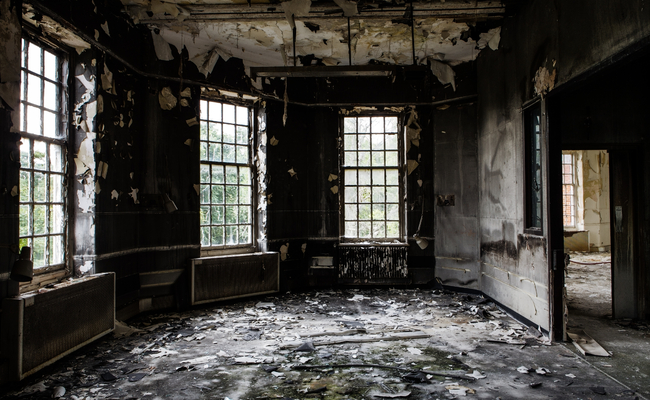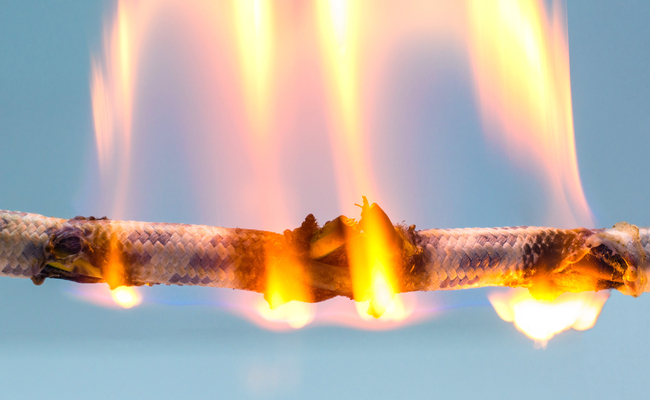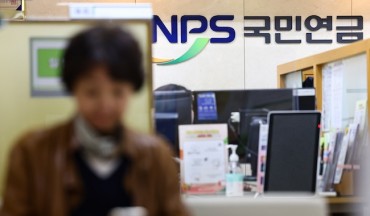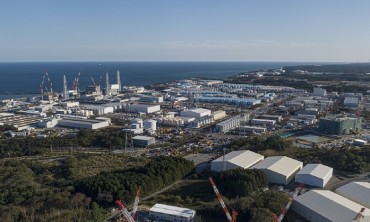
The uses of blockchain technology are becoming more diversified after a coalition of private enterprise and government entities announced a blockchain-supported “black box” system for buildings. (Image: Korea Bizwire)
SEOUL, Nov. 15 (Korea Bizwire) – The uses of blockchain technology are becoming more diversified after a coalition of private enterprise and government entities announced a blockchain-supported “black box” system for buildings.
Designed by the Ministry of Science and ICT, the Korea Electrical Safety Corporation (KESCO) and SK Telecom, the new blockchain database will be linked with electric distribution boards on every building floor. From there, a system of sensors will transmit the occurrence of any electric arcs within the building’s wiring to the database in five-minute intervals.
Electric arcs, electrical discharges that can damage wires or insulation, are considered to be responsible for roughly 80 percent of all electrical fires. According to data provided by KESCO, there were 7,563 electrical fires reported last year, of which 6,033 were caused by electric arcs.

Designed by the Ministry of Science and ICT, the Korea Electrical Safety Corporation (KESCO) and SK Telecom, the new blockchain database will be linked with electric distribution boards on each floor of a building, from which an IoT system of sensors will wirelessly upload the discovery of electric arcs. (Image: Korea Bizwire)
The blockchain database is expected to be useful in providing verifiable evidence of the source of electrical fires. Typically, an on-site inspection is conducted in the aftermath of a fire, and together with an examination of the building’s floor plans, investigators attempt to identify the cause.
However, as there is often little remaining evidence that can provide enough clues to go on, trying to figure out where an electric arc formed or a distribution panel was faulty has been traditionally difficult.
This in turn has led to legal disputes among building owners, tenants and insurance companies. With limited proof available to shed light on the source of a fire, those affected by the incident can easily resort to finger pointing and refusing to take responsibility.
The blockchain database has been successfully trialed this year, having been linked with a residential building, traditional market area and even a Buddhist temple. Next year, the scope of the technology will be expanded to include 20 locations up from the current 10.
S.B.W. (sbw266@koreabizwire.com)






